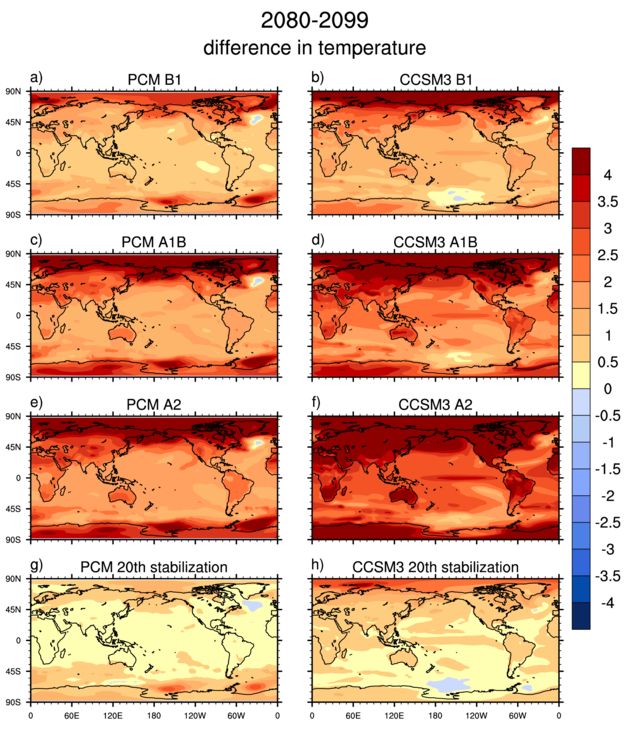The Snowball Effect of Global Warming

In a twist to the proverbial snowball effect, warmer Arctic temperatures are stimulating plant growth, which darkens the landscape and causes more sunlight to be absorbed rather than reflected.
The result: Winter heating could increase by 70 percent, according to a new study.
The study examined western Alaska during the winters of 2000 through 2002. Shrubs and other vegetation became more abundant, the researchers found. Because the plants are darker than the tundra that typically covers the region, the surface gets darker. The study "presents the first evidence that shrub growth could alter the winter energy balance of the Arctic and subarctic tundra in a substantial way," the scientists announced today.
The study will be detailed Sept. 7 in the first issue of the Journal of Geophysical Research-Biogeosciences, published by the American Geophysical Union.
In areas where shrubs were exposed in mid-winter, melting began several weeks earlier in the spring compared to snow-covered terrain. Yet the shrubs' branches produced shade that slowed the rate of melting, so that the snow melt finished at approximately the same time for all the sites examined.
Matthew Sturm, leader of the study, said warming in the region seems to have stimulated shrub growth, which further
The Alaskan tundra covers some 1.5 million square miles (4 million square kilometers).
Get the world’s most fascinating discoveries delivered straight to your inbox.
"Basically, if tundra is converted to shrubland, more solar energy will be absorbed in the winter than before," Sturm said. And while previous research has shown that warmer temperatures during the Arctic summer enhance shrub growth, "our study is important because it suggests that the winter processes could also contribute to and amplify the rate of the [growth]."
Robert is an independent health and science journalist and writer based in Phoenix, Arizona. He is a former editor-in-chief of Live Science with over 20 years of experience as a reporter and editor. He has worked on websites such as Space.com and Tom's Guide, and is a contributor on Medium, covering how we age and how to optimize the mind and body through time. He has a journalism degree from Humboldt State University in California.



